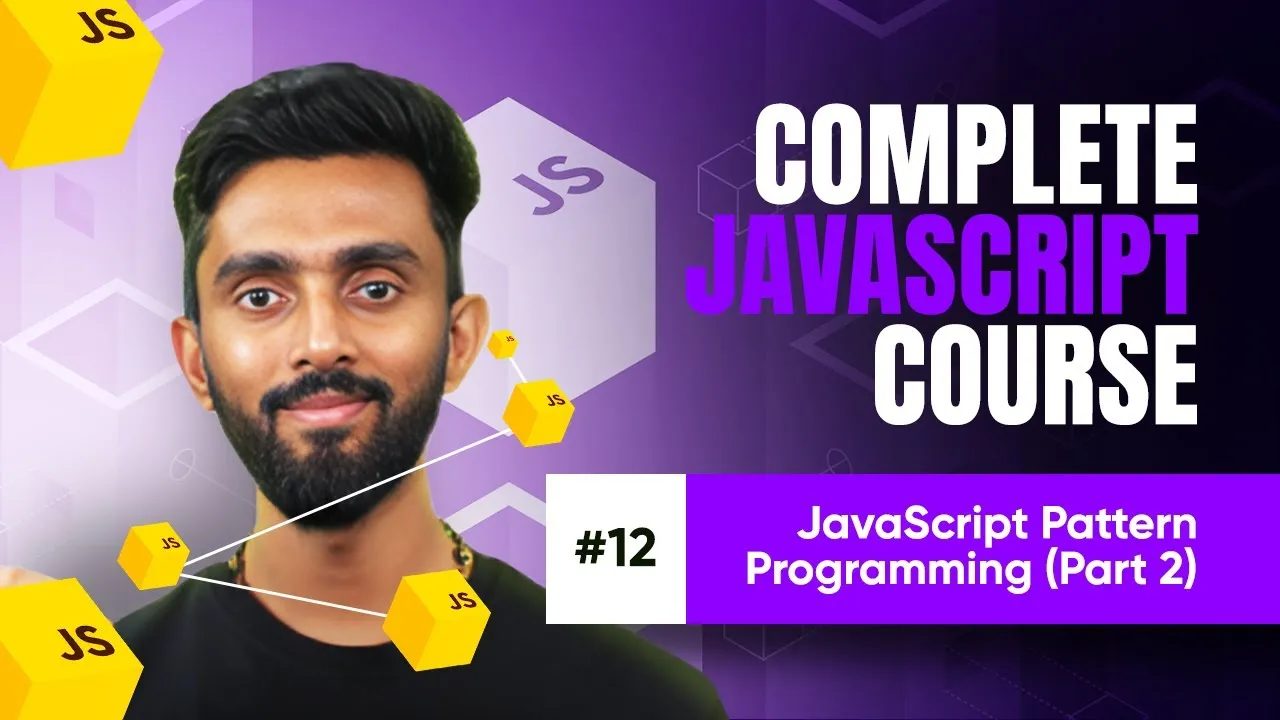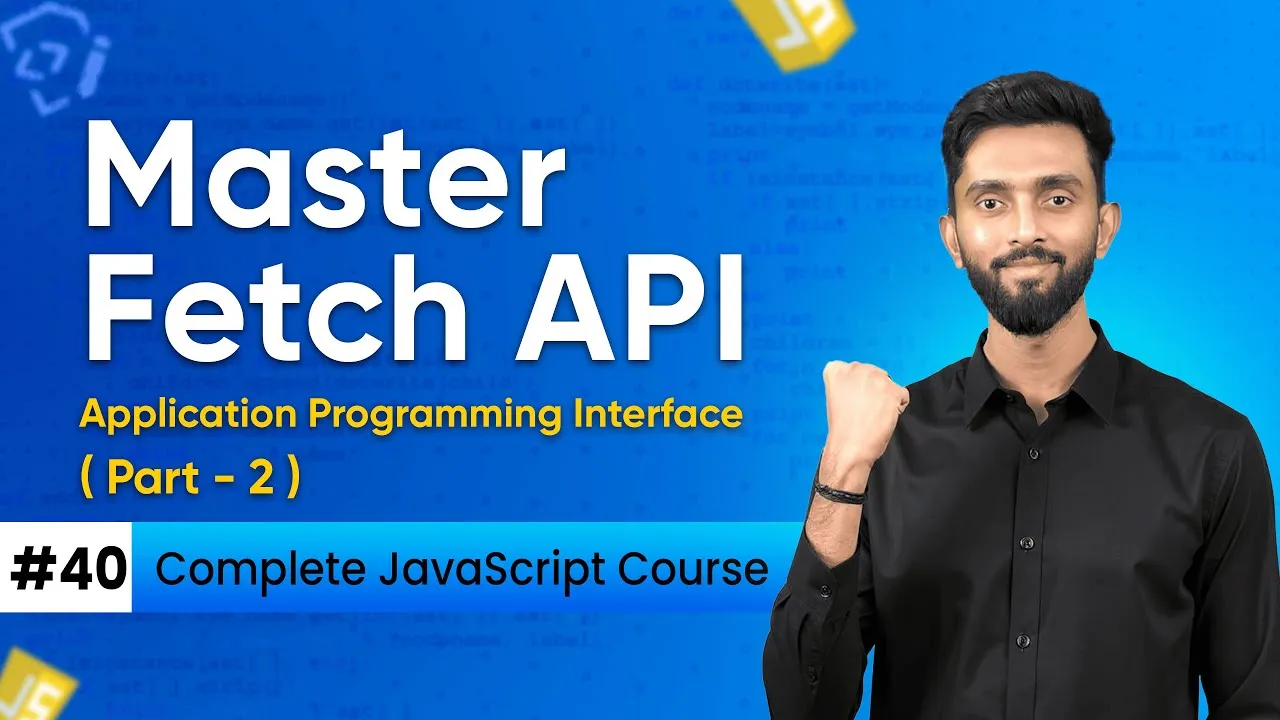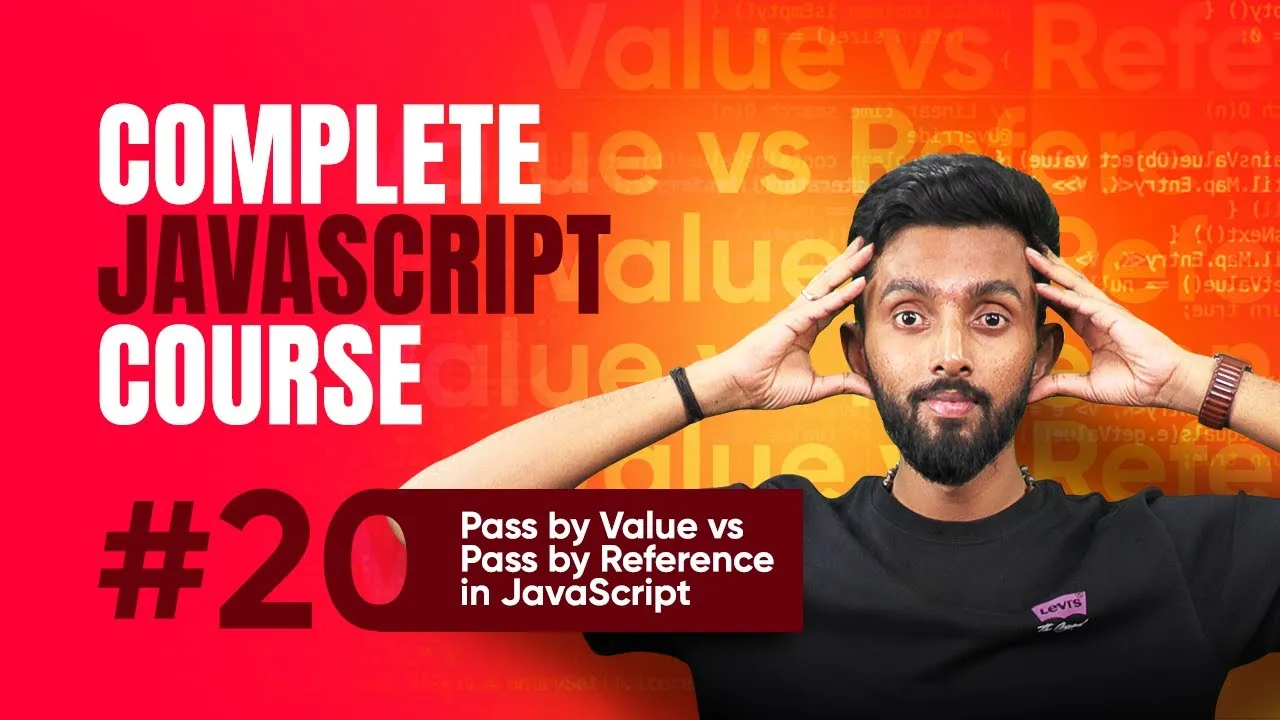Eight Rules for Learning to Code in 2025: A Beginner's Guide
Published on June 4, 2025 • 5 min read
Learning to code in 2025 might feel daunting with the rise of AI tools, but it’s far from obsolete. While some argue that AI will soon replace the need for coding skills, the reality is much more nuanced—especially for beginners wondering if it's still worth the effort. The truth is, coding knowledge remains essential in a world where only a small fraction of companies have adopted AI deeply. If you’re considering whether to dive into programming or move away from it, understanding the landscape and what it takes to succeed is crucial. This post walks you through eight practical rules that can help you thrive in coding despite evolving technology, making sure you’re prepared to embrace the future of software development.
Why coding skills still matter in the age of AI
Despite the buzz around AI, only about 6.1% of U.S. companies currently integrate AI extensively into their business operations. This means the vast majority still rely on traditional software development.
- Developers make up roughly 2.5% of the workforce, a relatively small but crucial segment.
- The biggest use case for AI today remains web and mobile app development, where human developers are indispensable.
Think of AI as a powerful assistant rather than a replacement. For example, low-code and no-code platforms allow you to build an app quickly, but expanding it into a fully functional product inevitably requires skilled developers. This indicates that coding is still the backbone of software innovation, especially as AI adoption grows.
For beginners eager to join this dynamic field, check out Microsoft's AI overview for detailed insights about current adoption trends.
Rule 1: You have to love coding
Passion for coding is a fundamental starting point. Unlike a few years ago when demand was booming and you might have entered the field for the paycheck, today you need genuine interest.
Why? Because:
- Enthusiasm fuels persistence through tough debugging and challenging projects.
- Those who love coding tend to create side projects and contribute to communities, which are key to growth.
Imagine coding like learning a musical instrument—without loving the process, practice becomes a chore and progress stalls. If you find yourself excited learning JavaScript or Python, that’s a great indicator you’re on the right path.
More on getting started with the Python basics.
Rule 2: Be prepared to put in consistent work
No shortcuts exist—even with AI helpers around. You must:
- Write a lot of code manually.
- Solve problems without relying solely on AI-generated answers.
- Build projects to deepen understanding.
For example, mastering front-end development requires familiarity with HTML, CSS, JavaScript, and concepts like the DOM and promises. AI can assist, but understanding how these work under the hood is non-negotiable.
Resources like Mozilla Developer Network provide excellent reference materials for hands-on practice.
Rule 3: Live and breathe coding
Successful developers immerse themselves daily in coding culture:
- Following tech news on platforms like Twitter.
- Writing technical blogs or maintaining active GitHub repositories.
- Engaging with communities for continuous learning.
Think of coding as a lifestyle, not just a job. This mindset ensures you keep up with rapid changes and don’t get left behind as tools and languages evolve.
Rule 4: Create and stick to a specific learning plan
Being vague about your learning journey leads to missed goals. Instead, plan with precision:
- Choose your courses and resources.
- Break down timelines.
- Set weekly and monthly milestones.
For example, if you pick an online bootcamp like Colt Steele's Web Developer course, map out when to complete each section and project. You can use tools like Trello or Notion for tracking your progress.
Studies show goal specificity dramatically improves completion rates—your coding path is no exception.
Rule 5: Avoid distractions with blinders on
There's abundant noise in the programming world—from debates about editors to hype around frameworks. To succeed:
- Focus exclusively on your learning plan.
- Resist jumping between tools or courses mid-way.
- Ignore noise that doesn’t serve your immediate objectives.
Think of yourself like a racehorse with blinkers, keeping your eyes on the prize.
Rule 6: Network actively
Your portfolio shows skills, but connections get you in the door. Start early by:
- Participating in coding communities (Discord groups, forums).
- Engaging on Twitter and GitHub.
- Helping others and seeking mentorship.
Networking is integral not just for your job search but ongoing career growth. A LinkedIn guide for developers can help you present yourself professionally.
Rule 7: Overcome the fear of failure
Technical interviews and job applications can intimidate even experienced coders. To build confidence:
- Prepare thoroughly using mock interviews and coding challenges.
- Accept that initial failures are normal.
- Keep refining your skills relentlessly.
Resources like LeetCode offer platforms to practice algorithm questions commonly asked in interviews.
Rule 8: Use AI wisely, but don’t lean on it
While AI-powered coding assistants can accelerate productivity, they can’t replace foundational knowledge. When learning:
- Avoid over-relying on AI to write your code.
- Use AI to enhance learning after you understand concepts.
- Wrestle with problems independently before seeking AI tips.
This ensures deeper mastery and prepares you to adapt as AI tools evolve.
Conclusion
Learning to code in 2025 is still a valuable and achievable goal, especially if you approach it with passion, discipline, and a clear strategy. AI tools are here to stay, but they are allies, not replacements. By following these eight rules—from loving coding to smart AI use—you position yourself to thrive in a complex, evolving tech landscape.
If you’re ready to start or deepen your coding journey, commit to the process now. Share your thoughts or success stories in the comments below, and keep pushing forward — the future awaits your skills!
This blog post is based on content from a YouTube video. Watch it here. All rights reserved by the original creator.


